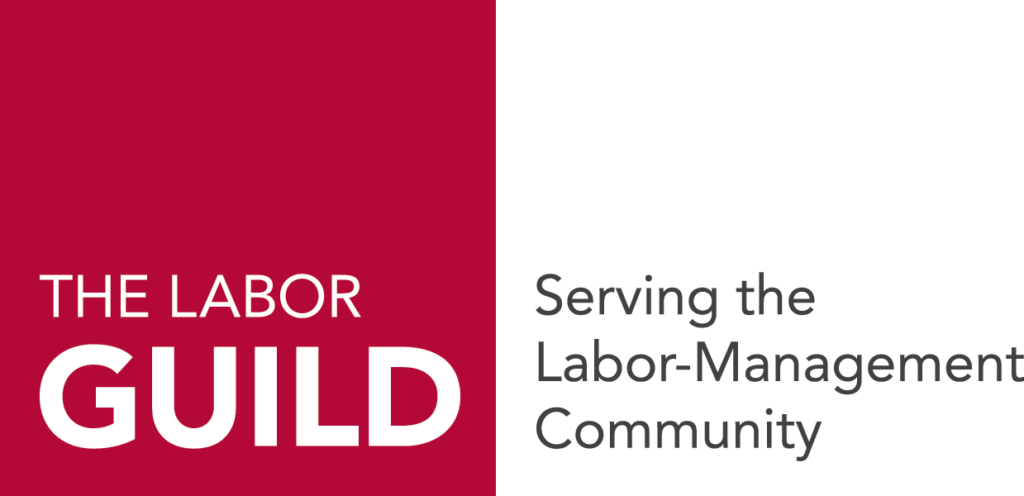Boyle Fellow Blog: Reflection On the NAACP National Convention 2023
*Please note: The commentary contained herein is the personal view and commentary of our Boyle Fellow as an individual and not representative of the Labor Guild as an entity.*
On the bright sunny day of August 1st, 2023, I traveled into Boston as I usually did as part of my now familiar routine as the Boyle Fellow. However, on this day I had a new destination. My previous trips have led me to various public spaces in the streets with whom the local working people of Boston share their concerns, beliefs, and goals affected by local politics and events.
My mission for that day was not any different, save for the scale of attendees. To host that many people I encountered that day required a specifically designated place for it. So, it was no surprise to me that a convention center was required for just that purpose. As one of the largest convention centers in the northeastern United States, the Boston Convention and Exhibition Center was the only place in Boston that made sense. Not even the Hynes Convention Center could hold the crowd of people that I saw that day.
Academics, celebrities, entrepreneurs, influencers, politicians, union members and leaders gathered here for National Association for the Advancement of Colored People (NAACP) national convention 2023 from across the United States to share experiences, history, ideas, and stories to advocate for the advancement of black people and to show solidarity with the striking workers of SAG-AFTRA.
Upon entering the convention, what struck me first was of course the grandiose scale compared to what I was used to for my job. I had to take a moment to muse over this change in scale. I never realized until that moment that my job had me observing issues that have been constantly increasing in scale. I started on local issues with the Mass. Nurses Association picket in Boston’s Longwood Medical Area, to national issues such as the USPS and UPS picket. Now I am observing an issue that intersects class, politics, and racial identity.
The first thing that struck me upon entering the convention center was the number of people who greeted people with handheld signs signaling solidarity with the actors and writers of the SAG-AFTRA strike. The SAG-AFTRA strike is the result of the alleged dispute between actors and screenwriters versus corporate executives over living wages and residual earnings. It is said that the executives and corporations would not pay them residual earnings and wages over entertainment materials they produced for the corporate entities that employed them. Additionally, those workers and actors fear that once artificial intelligence or A.I become sophisticated enough, corporations would use them to emulate the actors’ likeness and replace writers to avoid paying them. Such an example would be Star Wars: Rogue One, where they used the likeness of actors Peter Cushing and Carrie Fisher to bring back their characters- Governor Wilhuff Tarkin and Princess Leia Organa respectively- despite their actors being deceased.
Knowing the background behind this event made me feel uneasy. My hopes and belief that A.I would be used to uplift people and alleviate burden on people’s pursuits towards happiness seemed to be in jeopardy. On the other hand, I understood the rationale of corporate executives using A.I to cut costs and maximize profits by removing human labor costs. Due to being in its early infancy, regulation of A.I use must be strongly monitored by the scientific community for all of its potential benefit as a neutral mediator.
As the strike supporters gathered one by one with representatives speaking on their behalf, I began to internally compare this to cashiers and grocery store baggers’ hypothetical argument often brought up in the fight about the industrialization and automation of jobs. What makes this situation different? The human emotions and creativity attached to these works? How will this change in the future? Where will we draw the line in transhumanism once the distinction between humans and machines become blurry and indistinguishable? Currently, we do not have to worry about that. We can only focus on the immediate impact it has on people’s livelihoods, their means of making a living, often at a subpar wage compared to big name celebrities and writers as they claimed.
As I digested these thoughts waiting for the luncheon to begin an hour and a half later, a professor from Wisconsin that teaches labor studies sat at my table and introduced herself to me and was curious about the flyers advertising the Labor Guild courses I had on hand. I could not help but laugh, as I had the most serious expression on as I mused over the philosophical questions in my head. I introduced myself to her and had a brief discussion of the purpose of this conference and the history of labor activism. As the time came to enter the room for the luncheon, we parted ways and sat at our tables. I had the good fortune to meet new people who had traveled from Tennessee, Wisconsin, and Wyoming sitting with me, all of whom are labor leaders and activists.
The program itself featured many speakers with inspirational speeches. As I bit into the chicken and mashed potatoes given to us, I noted that all of the people of importance who stepped up to the front podium to give a speech about the importance of Boston’s commitment to labor equity for all, both labor and management for people of color. From Steven Tolman, Leon Russell, Randi Weingarten, Derrick Johnson, Reverend Wendell Anthony, Becky Pringle, to celebrities like Alfre Woodard, Kyle Bowser, Clayola Brown, Marty Walsh and Julie Su. The message and theme of their speeches were clear: solidarity and to improve our understanding of racial inequity and to fix it. Though we have made improvements over the years we still have a long way to go.
Join Our Mailing List
For Guild news, Labor School updates, Workshops, and CGA information.

